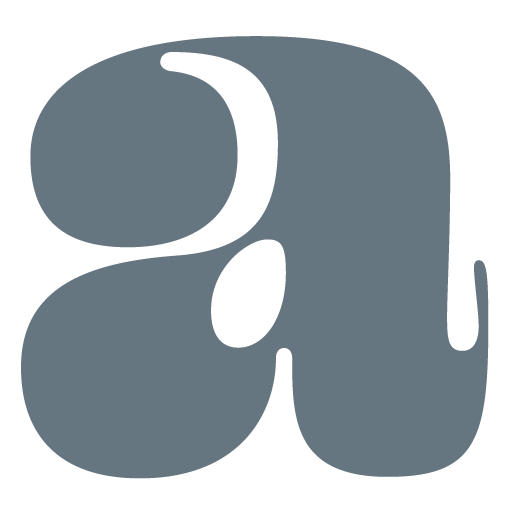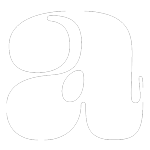A compelling landing page is not just a pretty web page; it’s a strategic tool designed to convert visitors into leads or customers. Whether you’re selling a product, promoting a service, or simply looking to capture user information, a well-crafted landing page is essential. In this article, we will explore the art and science of crafting landing pages that convert.
Understanding the Basics
Before diving into the specifics, let’s clarify what a landing page is. A landing page is a standalone web page created with a single, focused goal in mind. It’s where visitors “land” after clicking on an online ad or promotional link.
The purpose of a landing page is to drive conversions, whether that means making a purchase, filling out a form, signing up for a newsletter, or taking another desired action.
Define Your Conversion Goals
The first step in crafting a compelling landing page is to define your conversion goals. What do you want visitors to do once they arrive on your landing page? Common conversion goals include:
- Making a purchase
- Requesting a quote or demo
- Subscribing to a newsletter
- Downloading an e-book or whitepaper
- Signing up for a webinar or event
- Filling out a contact form
- Following your social media accounts
Your landing page’s design, content, and overall structure should revolve around these goals. Clarity is key; visitors should know precisely what action you want them to take.
Captivating Headlines and Subheadings
The headline is the first element your visitors see, and it plays a critical role in capturing their attention. It should be concise, compelling, and directly related to the offer or goal of the page. Subheadings help break down the content and make it easier for users to digest. Use them to highlight key benefits or address potential objections.
Example | E-commerce Website Selling Handcrafted Jewelry
Headline: “Elevate Your Style with Handcrafted Elegance”
Subheading: “Discover Unique, Artisan-Made Jewelry That Tells Your Story”
Example | SaaS Company Offering Project Management Software
Headline: “Unleash Your Team’s Potential with Seamless Project Management”
Subheading: “Effortless Collaboration, Real-Time Insights, and Unmatched Productivity”
Example | Health and Wellness Website Promoting a Fitness Program
Headline: “Transform Your Body, Ignite Your Energy, and Reclaim Your Life”
Subheading: “Join Our Proven Fitness Program for Lasting Results and Vibrant Health”
These examples incorporate elements of intrigue, benefit, and personal connection to pique the interest of the landing page visitors and encourage them to explore further.
Engaging Visuals
The power of visuals cannot be overstated. High-quality images, videos, and graphics can engage visitors, evoke emotions, and convey important information. When using visuals, keep in mind the following:
- Use images that are relevant to your offer.
- Make sure visuals are high-resolution and optimized for quick loading.
- Videos should be short, attention-grabbing, and, if possible, feature real people explaining the product or service.
- Incorporate visuals that guide the user’s eye towards the call-to-action (CTA) button.
Persuasive Copy
Effective copywriting is a cornerstone of any successful landing page. Here are some tips for creating persuasive copy:
- Clearly communicate the value of your offer. Explain how it can solve a problem or meet a need.
- Keep the text concise and scannable, breaking up long paragraphs into smaller, digestible chunks.
- Use bullet points and lists to highlight key benefits and features.
- Write in the second person, addressing the visitor directly. For example, use “You will” instead of “Users will.”
- Create a sense of urgency or scarcity when appropriate, e.g., “Limited-time offer” or “Only 3 spots left.”
- Testimonials and social proof can boost trust and credibility. Include real customer testimonials and ratings if available.
Crafting an Irresisitible CTA
Your call-to-action (CTA) is the most critical element of your landing page. It’s the button or link that prompts visitors to take the desired action. To make it irresistible, consider the following:
- Use action-oriented language, like “Get Started,” “Download Now,” or “Request a Quote.”
- Ensure the CTA button stands out visually with contrasting colors and clear, legible text.
- Place the CTA prominently on the page, typically above the fold (where it’s visible without scrolling) and at the end of your content.
- If your page is long, consider placing multiple CTAs throughout to maintain user engagement.
- A/B testing different CTA button text, colors, and placements can help optimize performance.
Take Away
Crafting a compelling landing page that converts is an art and a science. It requires careful planning, persuasive copy, engaging visuals, and a deep understanding of your audience. To create an effective landing page, always keep your conversion goals in mind and focus on providing value to your visitors. Continuously test and refine your landing page based on user data and feedback. By following the strategies outlined in this article, you can develop landing pages that not only capture attention but also drive meaningful results for your online marketing efforts. Remember, in the digital realm, your landing page is often the first and most crucial point of contact between your business and potential customers.


